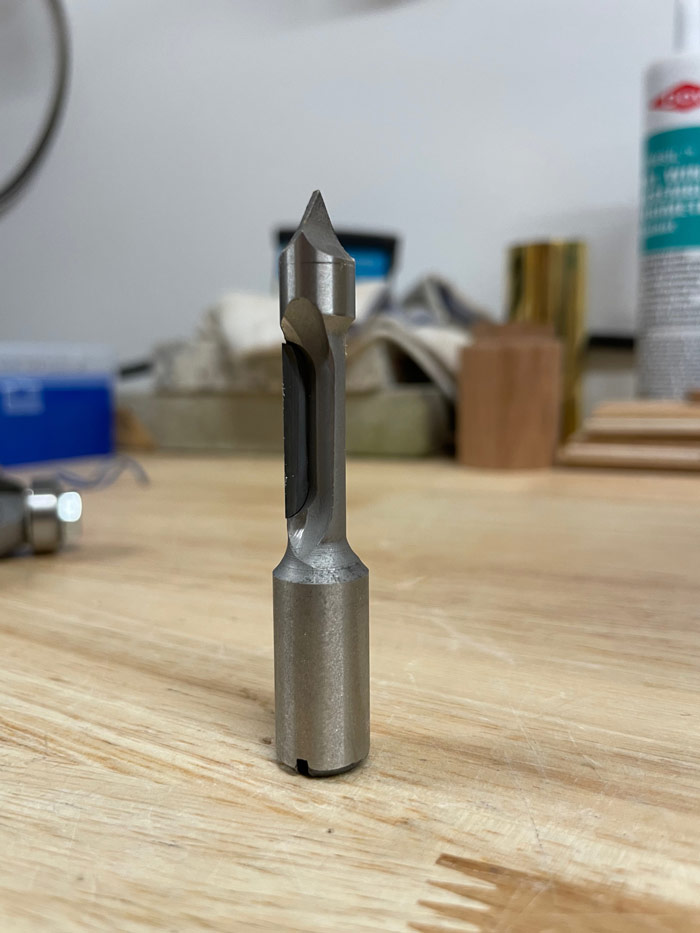STL305: Be nice at the lumber yard!
Gary Rogowski joins Vic and Ben to discuss lumber yards, ungluing a chessboard, weird router bits, and hybrid sharpening setups.Question 1:
From Cole:
 Lumber storage question for the group: I have a completely non climate-controlled shed in the backyard, yet for some reason, I keep my lumber in my single-car garage shop. Thus, I have far too much lumber to use on my next few projects that is just in the way. Is there any reason I can’t leave my lumber in my shed? Is there any concern about degradation of the lumber by being kept in the shed instead of my garage? My garage isn’t climate-controlled, but being inside the house it has fewer swings in temperature.
Lumber storage question for the group: I have a completely non climate-controlled shed in the backyard, yet for some reason, I keep my lumber in my single-car garage shop. Thus, I have far too much lumber to use on my next few projects that is just in the way. Is there any reason I can’t leave my lumber in my shed? Is there any concern about degradation of the lumber by being kept in the shed instead of my garage? My garage isn’t climate-controlled, but being inside the house it has fewer swings in temperature.
Question 2:
From Marc,
I recently got a lot of tools from my Uncle who had a pretty nice shop for about 60 years. That included boxes of router bits. Among them was an unidentifiable one. The following link has pictures and a video of it. Do you know what it would be used for?
One picture shows the part as Rockwell 43710. I could not find out anything about it with that.
Question 3:
From Jevon:
I’m in the process of making a chessboard from figured maple and black walnut.
While gluing up the alternating strips I accidentally grabbed one of the spare maple strips which hadn’t been trimmed to final width… This resulted in a misalignment of the dark and white squares, which I didn’t notice until after I had cut and glued the squares.
I’m hesitant to cut the squares using a table saw as I will lose 1/8″ +- the variance of overhang from each individual square.
My plan (assuming this is even possible) is to break the Titebond 3 glue bond using a heat gun set to 185 degrees F and some clamping pressure to break the glue bond, and then trim all the squares up with a shooting board before re-gluing the squares together.
Is it even possible to reverse Titebond 3, or will I just end up destroying the wood and or setting my shop on fire? Any advice or suggestions are appreciated!
Question 4:
From Tim:
I’ve been using diamond stones for my sharpening (Dia-Sharp’s – Coarse (for fixing an edge), Fine, and Extra-Fine) for a while now and I’ve had great results — I’ve no desire to change up my process; however, diamond stones are known to leave a scratch pattern on steel that does not yield a mirror finish, despite the edge being sharp.
I know that even the Dia-Sharp Extra-Extra-Fine will not yield a mirror finish due to the scratch pattern. Additionally, the edge it leaves is only marginally sharper than the Extra-Fine and quickly dulled after a few swipes of the iron or slices of the chisel (which is why I sold my Extra-Extra-Fine).
SO…
I was wondering if I could jump from diamond stones to a high-grit Shapton or oil stone after the Extra-Fine Dia-Sharp to get that mirror finish. If so, what grit would you recommend after the Extra-Fine?I’m thinking above 8,000 for Shapton? I have no idea what to go with for an oil stone?
It’d be nice to be able to get an edge SCREAMING sharp when the use case calls for it. Plus, call me what you will, but I like to see that mirror finish, especially on the backs of my chisels 😀
Every two weeks, a team of Fine Woodworking staffers answers questions from readers on Shop Talk Live, Fine Woodworking‘s biweekly podcast. Send your woodworking questions to shoptalk@taunton.com for consideration in the regular broadcast! Our continued existence relies upon listener support. So if you enjoy the show, be sure to leave us a five-star rating and maybe even a nice comment on our iTunes page.




















Comments
#2 - Its a single flute pilot panel bit. Used in construction to cut out window openings in the exterior sheathing.
Log in or create an account to post a comment.
Sign up Log in